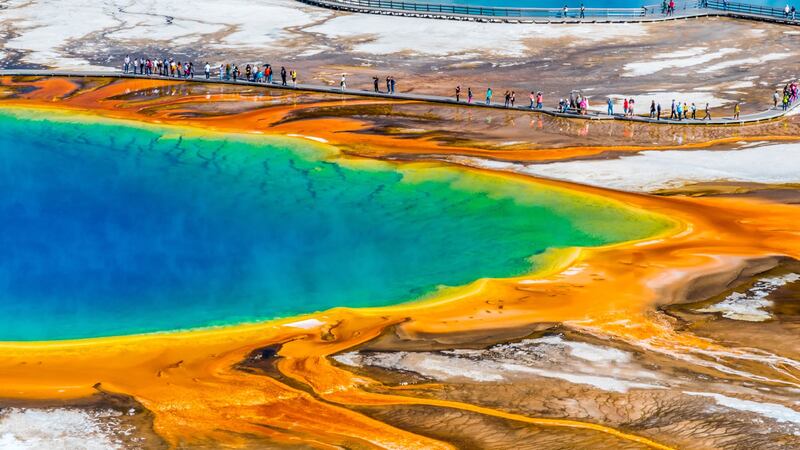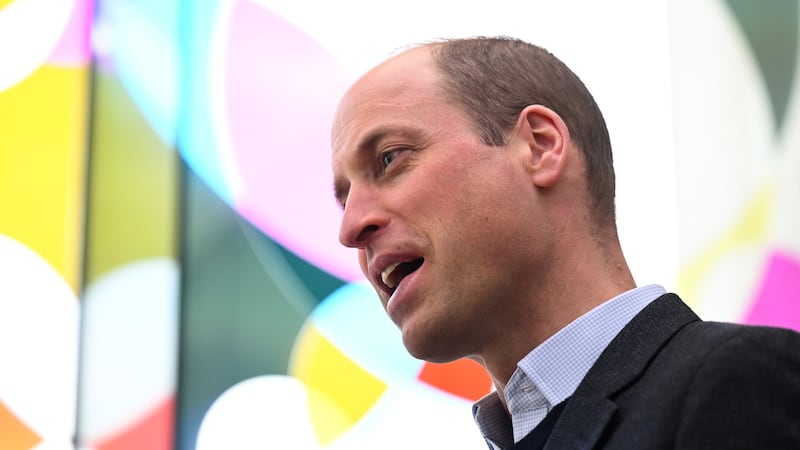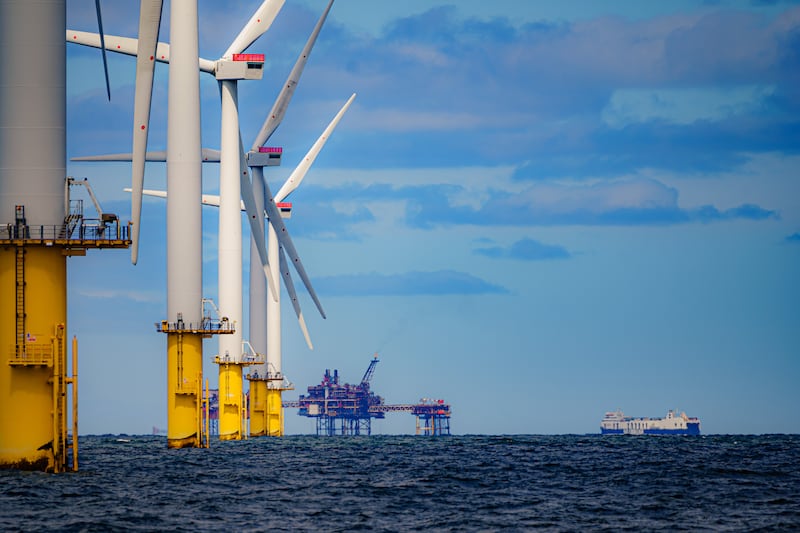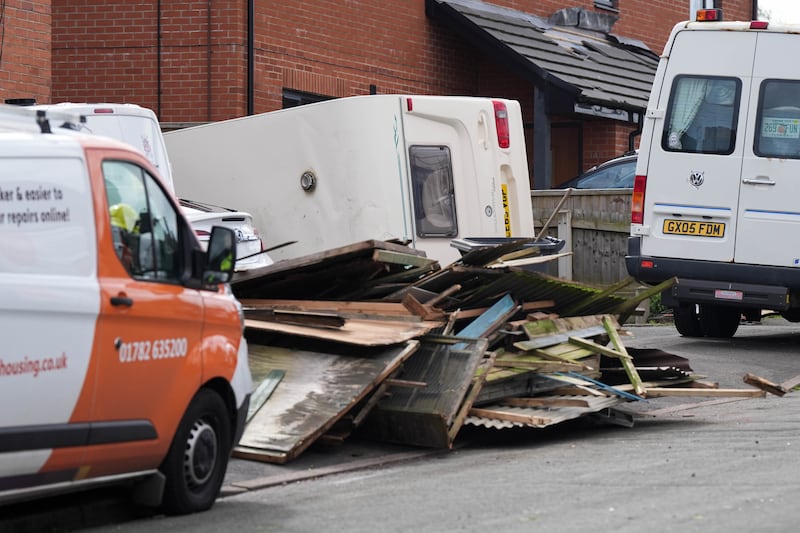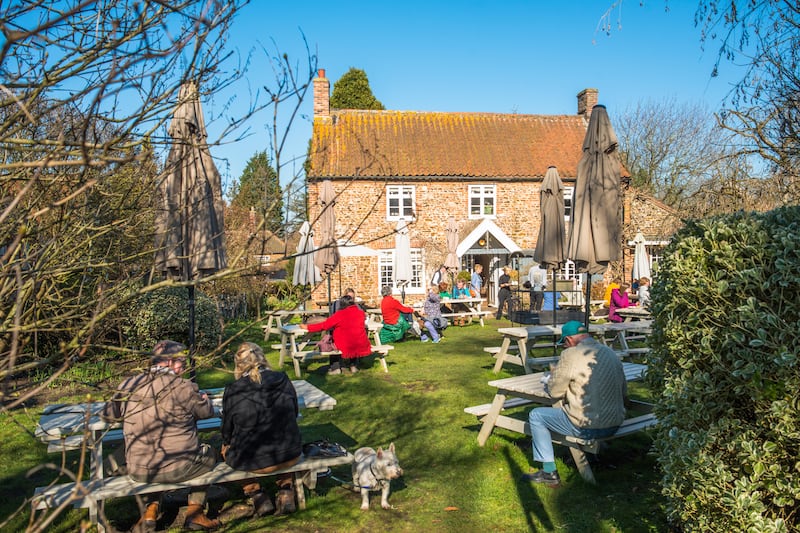Beneath Yellowstone National Park in the US is a massive volcano – and scientists are saying it could erupt sooner than previously thought with potentially devastating consequences.
Researchers from the University of Arizona arrived at their conclusion after studying fossilised ash crystals from Yellowstone’s Lava Creek Tuff – believed to be from the supervolcano’s last big eruption 630,000 years ago.
Analysing these trace crystals, the scientists were able to figure out what the temperature and pressure was like beneath the earth’s crust thousands of years ago.
Looking at the data, they were able to calculate the time between the fresh influx of hot magma and volcanic eruption.
To their surprise, they found the time frame was smaller than previously thought – measurable in decades.
Until now, geologists had thought it would take hundreds of years for a supervolcano to make that kind of transition.
“It’s shocking how little time is required to take a volcanic system from being quiet and sitting there to the edge of an eruption,” study co-author Hannah Shamloo told the New York Times.
The supervolcano has already had fresh injections of magma into the reservoir beneath the Yellowstone caldera since the last eruption, and another one could have serious consequences.
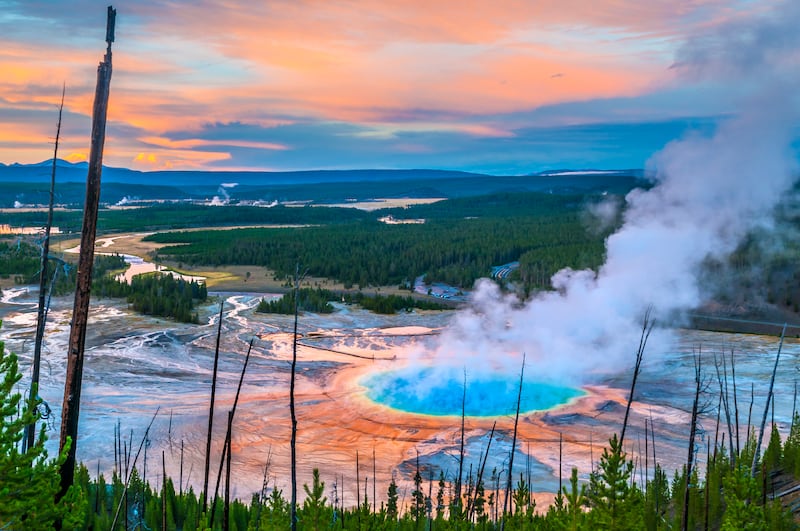
Assuming that the eruption would have an average magnitude of eight on the Volcanic Explosivity Index (VEI), the Yellowstone volcano could spew more than 240 cubic miles (1,000 cubic kilometres) of hot rock and ash.
The megablast would cover a huge chunk of the United States in dangerous ash and molten rock, while the rest of the world would feel the effects of smaller levels of volcanic ash jetting out. The last eruption is thought to have triggered the previous ice age.
But don’t panic just yet.
While the eruption of a massive volcano could have devastating consequences, Kari Cooper, a geochemist at the University of California, Davis who was not involved in the study, said it is tricky to pin down the precise trigger of the last Yellowstone event.
“It’s one thing to think about this slow gradual build-up – it’s another thing to think about how you mobilise 1,000 cubic kilometres of magma in a decade,” she told the New York Times.
According to the US Geological Survey, there is little evidence to suggest Yellowstone will erupt anytime soon.
“Yellowstone is behaving as it has for the past 140 years,” it said. “And geological evidence indicates that similar or higher rates of earthquakes, ground uplift and steam explosions were experienced at Yellowstone over much of the past 10,000 years.
“Odds are very high that Yellowstone will be eruption-free for the coming centuries.”
The researchers hope their findings will help to spot future super eruptions in the making.
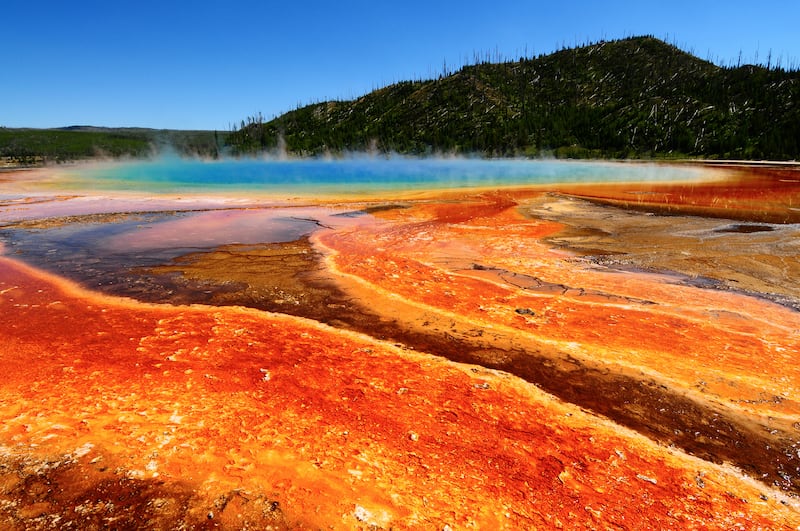
Nasa is already working on a way to prevent the supervolcano destroying the planet, which includes finding a way to cool the magma before it spills over.
The researchers presented their findings at the IAVCEI conference in Portland, Oregon.
